“There can be no purpose more enspiriting than to begin the age of restoration, reweaving the wonderous diversity of life that still surrounds us all.” -- E.O. Wilson
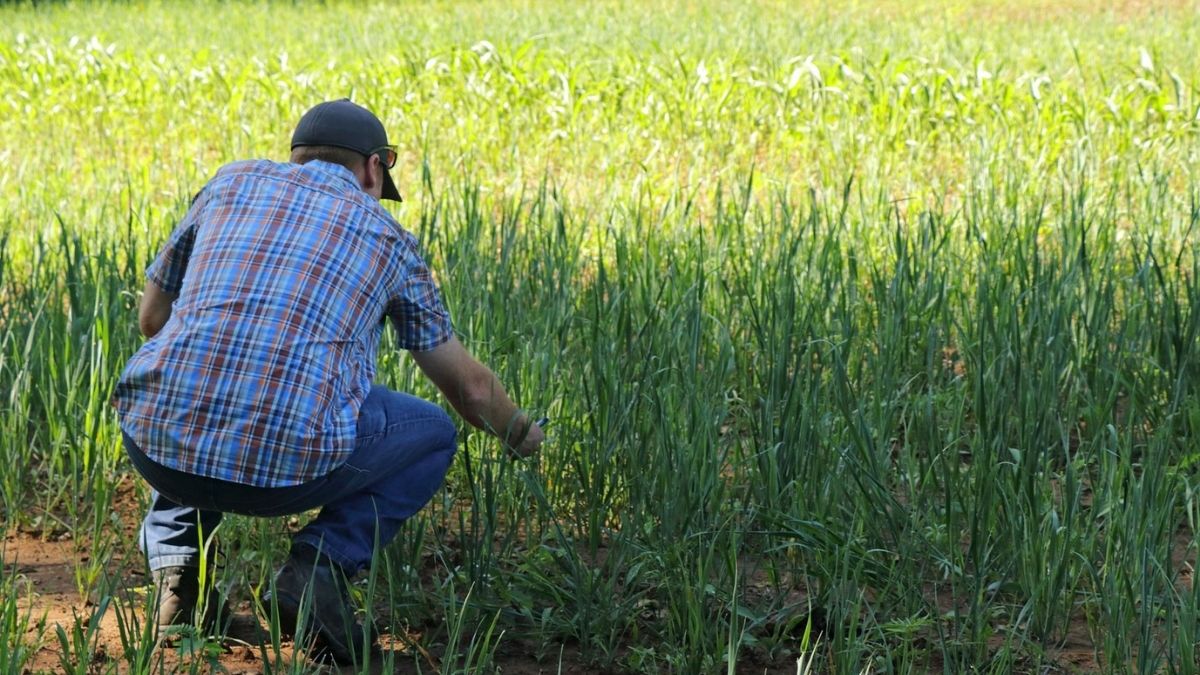
The mid-July planting inspection.
By Marie Majarov
This is a restoration story that all involved hope will inspire its readers—an undertaking that demonstrates what can be done to restore the wild with determination, patience, hard work, dedication to detail and the array of resources available to landowners in Virginia.
Landowners and neighbors in rural western Frederick County dearly missed the once-frequent “bob-WHITE” whistle and coveys of northern bobwhite, our native Virginia quail, Colinus virginianus, scurrying across their fields. Deeply aware that our Commonwealth’s quail population has suffered a steep decline, they knew that few young people had ever heard their distinctive spring call or the thunderous sound of a large covey erupting from a field edge in a fall hunt. Also, that robust quail habitat supports an entire suite of pollinator, bird, and mammal species, many also in decline. With their properties protected by conservation easements, they decided it was time to act. And indeed, they have, by creating a magnificent newly planted corridor of native warm season grasses and blooming pollinator forbs spanning their adjoining properties.
This project began two years ago for this diverse group of friends and neighbors who collectively own more than 600 acres. The group includes an artist who creates exquisite nature-inspired metal sculpture and her sister and brother-in-law – retirees who are all interested in returning quail and enriching their family farmland. It includes a retired federal wildlife law enforcement officer who is an avid hunter and conservationist. And it includes a farmer, entrepreneur, and lifelong outdoor enthusiast who, with his physician wife, is striving to create a nature preserve on their verdant property.
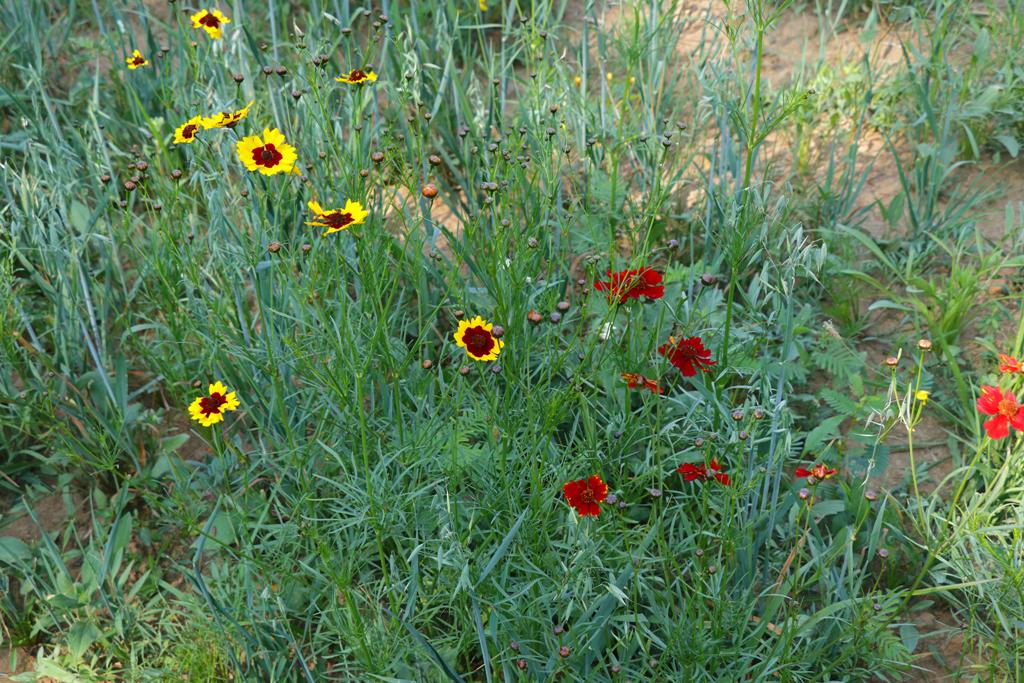
Coreopsis tinctoria and oats growing in the quail-friendly wildlife corridor.
The Virginia Quail Recovery Initiative (QRI) with their Private Land Biologists provided a starting point. A partnership begun in 2009 between the Virginia Department of Wildlife Resources (DWR), the Conservation Management Institute at Virginia Tech and the U.S Department of Agriculture’s Natural Resources Conservice Service (NRCS), QRI’s mission is to educate the public on the importance of quality early successional habitat for bobwhites, and other wildlife species, just what these neighbors were envisioning. They also provide technical and financial assistance to landowners to create and maintain this critical habitat on their properties for the benefit of wildlife.
Getting Started
In August 2019, Justin Folks, then a QRI Private Lands Biologist and now a DWR Wildlife Biologist who continues his interest in this project, met with the neighbors, assessed their properties, and drew up a detailed step-by-step approach for implementing their wildlife corridor concept.
Quail populations, estimated by DWR to be down by over 80% since the mid 1960s, require good forage, ground nesting, brood rearing, escape, and winter protection habitat with appropriate cover and water sources, preferably in corridors. Unlike isolated stands of habitat, corridors link areas providing safe access to a variety of resources, and over time will increase biodiversity. These elements were key points considered in the neighbors’ plan.
The goal: fields ready for planting, woodland edges cleared of invasives (ex. autumn olive, tree of heaven), and wildlife-friendly brush piles built. Extensive carefully formulated brush management and herbaceous weed treatment was needed along with a winter cover crop to protect the hard pre-planting work of 2019-2020 from soil erosion and weed encroachment during the 2020-21 winter. Soil preparation would include discing and re-discing fields throughout the process and finally cultipacking to crush dirt clods and remove air pockets to form a smooth, firm seedbed essential for successful planting.
With a comprehensive plan finalized, Folks initiated the process for financial and further technical assistance which NCRS regularly makes available to farmers “so they may voluntarily put conservation on the ground, benefiting both the environment and agriculture operations.” Brent Barriteau, NRCS District Conservationist for the Frederick County area, joined with Folks in supervising the project during the process of preparation, planting, seed growth, and prescribing corridor maintenance.
This project is “unique,” Barriteau explained, “because it is a group of landowner and neighbors willing to work together across their connected properties.” The neighbors strongly believed that in doing this project, too much time, effort, and money was involved not to do it correctly and effectively. They understood the importance of corridors and that a successful outcome would require strong control of competition weeds and invasive brush, properly prepared soil for good seed-to-soil contact, and not planting the seeds too deep.
Seeing Results
Following an intense 21 months of thorough preparation, planting day arrived this June.

Sowing the seeds.
A seed mix recommended by Folks, containing native warm season grasses, little bluestem and Indiangrass, and 12 perennial pollinator-friendly forbs including coreopsis, yarrow, blackeyed susans, monarda, coneflowers, partridge peas, white prairie clover, bidens and asters, was planted along with a companion planting of annual oats, a nurse crop of to reduce the incidence of weeds, prevent soil erosion, and shade the young seedlings during the first year of growth. Within two weeks the oats were well up and little forb seedlings were breaking the surface.
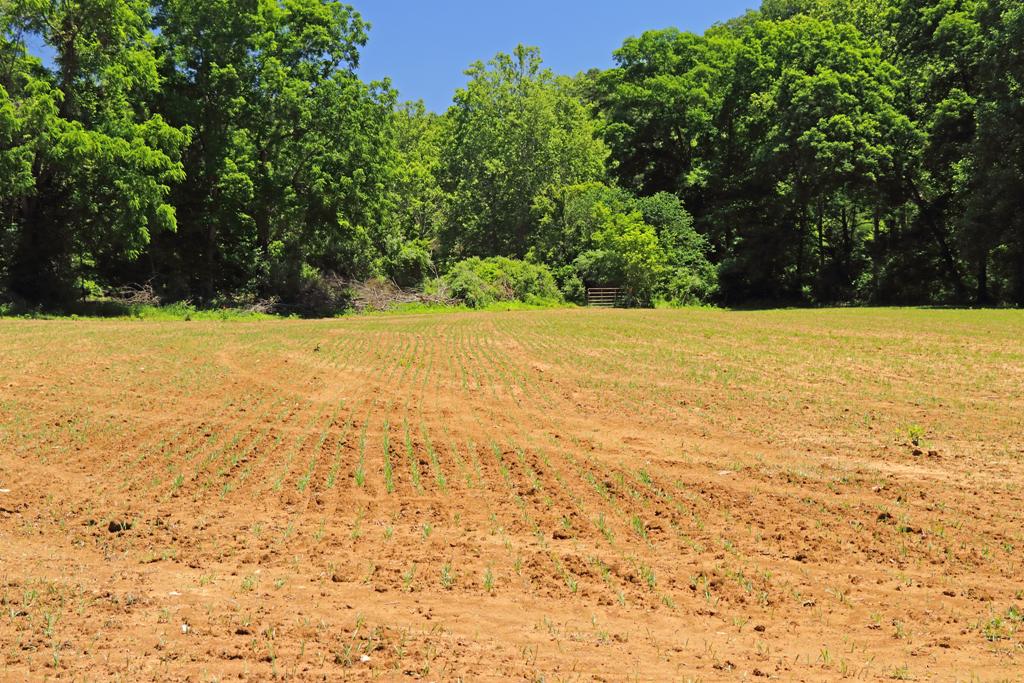
The new seedlings in mid-June.
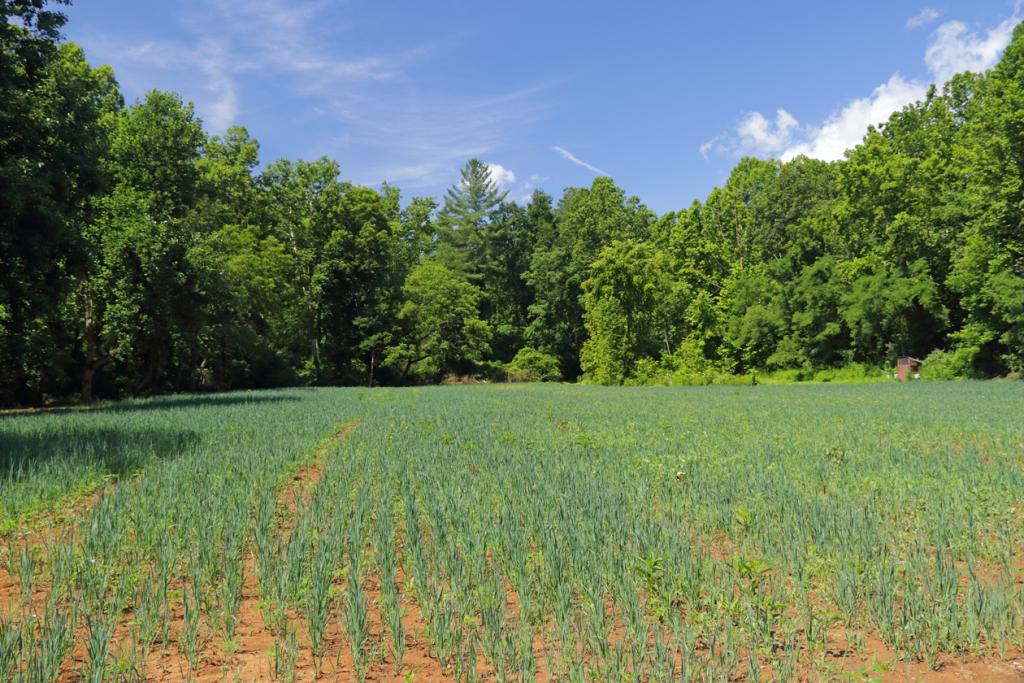
The seedlings in mid-July.
“I had great confidence following my initial meeting with these neighbors that the native grass and flower establishment would go well,” said Bariteau. “My expectations were exceeded at my mid-July the visit. The forbs and companion planting were easily identified across all establishment acres, and it was abundantly clear that meticulous site preparation was the reason for success.”
Early morning on July 20, a series of texts and cheers flew between the neighbors: the small partridge pea plants were blooming and being visited by bees! It was a welcome harbinger of an excellent outcome.
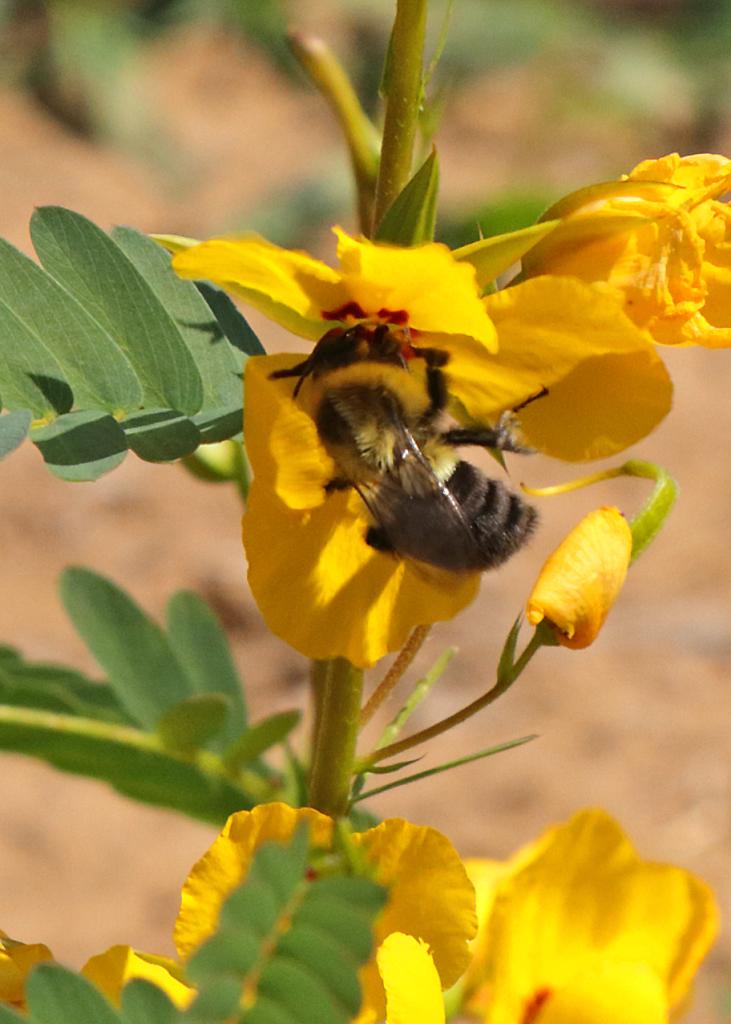
Yes, restoration of the wild can be successful. As Margaret Mead notes: Never doubt that a small group of thoughtful, committed citizens can change the world; indeed, it’s the only thing that ever has. It is hoped that additional neighbors to the corridor properties will consider pursuing the array of resources available to landowners in Virginia to begin additional plantings…. you can too.
A list of resources for readers is below. Stay tuned for more reporting in Virginia Wildlife magazine as this magnificent neighbor-built corridor blooms and grows, and hopefully where the cherished bob-WHITE whistle will again be heard.
Marie Majarov is a Virginia Master Naturalist and Habitat Partners© trained pollinator habitat educator. She lives on a lovely old woodland edge in Winchester, Virginia, with her husband Milan where they are active with a large pollinator garden, the Virginia Outdoor Writers Association, and the Virginia Native Plant Society.
Resources For Landowners
Bobwhite Quail in Virginia: https://dwr.virginia.gov/quail/
Natural Resources Conservation Service, United States Department of Agriculture: https://www.nrcs.usda.gov/wps/portal/nrcs/main/national/about/
Private Land Biologists & Habitat Assistance Programs: https://dwr.virginia.gov/quail/get-involved/
Virginia Quail Recovery Initiative: https://cmi.vt.edu/Projects/ProgramSupport/VirginiaQuailRestorationInititative.html



